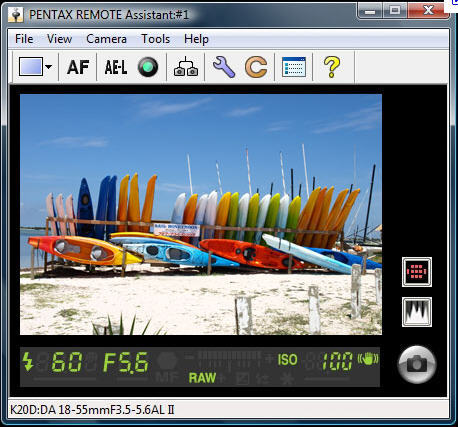
Nevertheless, the preliminary results of two ongoing multicenter, prospective registries (GALAXY and CELESTIAL) showed 96% survival rate at 5 years after implant, well within industry standards and not different from that of other manufacturers.

Moreover, some single-center studies and a non-prospective registry reported a high rate of electrical dysfunction (including but not limited to insulation failure) with Biotronik Linox leads and a reduced survival rate in comparison with the competitors. Recently, single case reports described a “Riata like” insulation failure mechanism also for Biotronik Kentrox and Linox ICD leads (Biotronik, Berlin, Germany). In particular, Riata leads are susceptible to a unique failure mechanism: The conductor cables can externalize through the silicone insulation (“inside-out” abrasion) and appear outside the lead body. Jude Medical, Sylmar, California, United States) underwent class I recall by the Food and Drug Administration, in December 2011, because of insulation failure. On the other side, Riata family of ICD silicone leads (St. Paul, Minnesota, United States) were recalled from the market, in October 2007, because of a high failure rate due to conductor fracture. Sprint Fidelis leads (Medtronic Inc., St. Lead failure has a broad range of clinical presentations and outcomes, the most dreaded being potentially lethal proarrhythmia and inability to interrupt spontaneous ventricular arrhythmias.Ĭonductors fracture and insulation failure are the main mechanisms responsible for lead failure: Two classical examples are the recalled Medtronic Sprint Fidelis leads and the St. Incidence of lead failure can be as high as 0.58%/year, increasing with time (up to 10%-15% at 10 years of follow up). “Achille’s heel” of the ICD system is the lead, because of its susceptibility to mechanical and electrical defects. Implantable cardioverter-defibrillator (ICD) is a well established life-saving therapy for patients at risk of sudden cardiac death from ventricular arrhythmias. Ongoing data collection is needed to confirm longer-term performance of this family of ICD leads. However, the preliminary results of two ongoing multicenter, prospective registries (GALAXY and CELESTIAL) showed 96% survival rate at 5 years after implant, well within industry standards. Some single-center studies and a non-prospective registry reported a survival rate between 88% and 91% at 5 years for Linox leads, significantly worse than that of other manufacturers. Subsequently, we review currently available literature about Biotronik Kentrox and Linox ICD lead failure and in particular externalized conductors. Due to the high risk of extraction we decided to implant a new lead, abandoning the damaged one lead reimplant was uneventful. In this paper we describe the case of a patient with a Biotronik Kentrox ICD lead presenting with signs of insulation failure and conductor externalization at fluoroscopy. Moreover, some studies reported a high rate of electrical dysfunction (not only insulation failure) with Biotronik Linox leads and a reduced survival rate in comparison with the competitors.

Recently, single reports described a similar failure also for Biotronik leads. Conductor externalization is a “unique” failure mechanism: Cables externalize through the insulation (“inside-out” abrasion) and appear outside the lead body. Jude Medical Riata implantable cardioverter-defibrillator (ICD) leads. Conductor externalization and insulation failure are frequent complications with the recalled St.


 0 kommentar(er)
0 kommentar(er)
